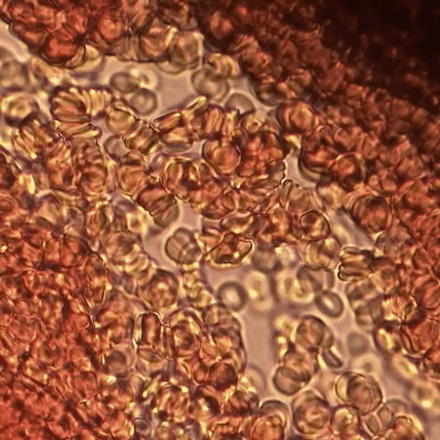Neonatal polycythemia Polycythemia An increase in the total red cell mass of the blood. Renal Cell Carcinoma is a hematocrit (HCT) that is 2 standard deviations above the average values for gestation and postnatal age. Neonatal polycythemia Polycythemia An increase in the total red cell mass of the blood. Renal Cell Carcinoma can develop from increased fetal hematopoiesis Hematopoiesis The development and formation of various types of blood cells. Hematopoiesis can take place in the bone marrow (medullary) or outside the bone marrow (extramedullary hematopoiesis). Bone Marrow: Composition and Hematopoiesis (secondary to placental insufficiency, maternal endocrinopathies, genetic disorders, etc ETC The electron transport chain (ETC) sends electrons through a series of proteins, which generate an electrochemical proton gradient that produces energy in the form of adenosine triphosphate (ATP). Electron Transport Chain (ETC).) or passive erythrocyte transfusion (placental-, feto-, or maternal-fetal transfusion). Patients Patients Individuals participating in the health care system for the purpose of receiving therapeutic, diagnostic, or preventive procedures. Clinician–Patient Relationship may be asymptomatic or present with plethora, cardiorespiratory distress, and other symptoms. Continuous monitoring of vital signs and metabolic derangements is important. Treatment includes partial exchange transfusion.
Last updated: Dec 15, 2025

Blood cells on a drying slide flow in rouleau stacks
Image: “Rouleau stacking” by Rozzychan. License: CC BY 4.0